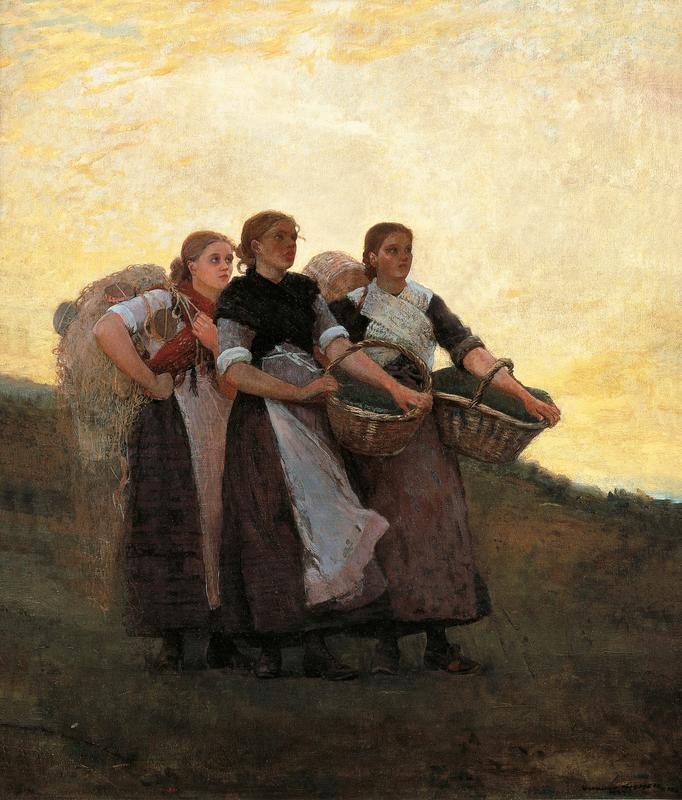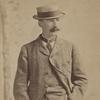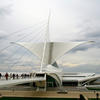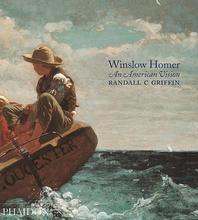More about Hark! The Lark
- All
- Info
- Shop

Contributor
Winslow Homer loved powerful female figures, and Hark! The Lark is one of his best work conveying that respect.
Homer is most known for his solitary pieces: works like The Gulf Stream and The Herring Net which feature lone men in potentially dire situations. They can be interpreted as Homer’s way of conveying his own loneliness in an uncaring world. It’s something we all grapple with, and it’s why his work is so relatable.
Hark! The Lark is inspired by his time in Cullercoats, a rough sea town full of hardworking fishing families. And it embodies a lot of the same themes of his previous works. But as you can see, Hark! features three hard working women standing on a hill, their backs heavy with supplies, as they pause to look at something slightly above them. Their hair is tied back, and their sleeves rolled up. These ladies have had a long day. It’s one of those paintings that allows us to fill in some of the narrative with our imagination. What exists just outside the frame of the painting? One would wonder what the ladies might be looking at. It could be the sunset or maybe they stopped for a break to watch the high tide come in. But the title of the painting might suggest something else.
Hark! The Lark gets its name from a Shakespeare song performed in the five act play Cymbeline. Cymbeline is a play about the King of Britain who arranges for his daughter to marry his stepson. Don’t act surprised. You know how it used to be. The song, which the title of Homer’s painting pulls from, is from a scene where Cloten, the King’s asshole stepson, gets a group of musicians to sing for Imogen, the King’s daughter, whom he wants to marry.
Hark, hark! the lark at heaven’s gate sings,
And Phoebus gins arise,
His steeds to water at those springs
On chaliced flowers that lies;
And winking Mary-buds begin
To open their golden eyes:
With every thing that pretty is,
My lady sweet, arise:
Arise, arise!
I know not everyone speaks Shakespearean but, essentially, this song is full of positive imagery with the intention of making someone feel warm and welcomed. It references Larks, which are birds associated with Heaven’s gate, and majestic horses drinking water, all while placing the beautiful woman front and center amongst these attractive images. So within the context of the song, this is something anyone would be pleased to be associated with. But when referring to Winslow’s painting, things don’t quite add up.
It’s interesting that Winslow would choose to name his painting after this particular song. While it’s beautiful in its own right, it isn’t exactly full of the same positive imagery that Shakespeare’s song depicts. Instead, Winslow’s women, if you look closely to their faces, look like they might be bracing for something. If you are to follow the lead of the title, you could almost imagine these women saying “Hark! The Lark” themselves, while pausing in their tracks to look onward at heaven’s gates where birds sing and welcome them up the stairs. Perhaps this was Winslow’s way of suggesting these women are looking into their futures. As the sun goes down and their day ends, they reflect on where they’ve been and where they still have to go. And that isn’t always an easy journey.
Homer has stated that this is one of his favorite paintings. He’s quoted as saying it is “the most important I ever painted, and the very best." It’s well documented that he admired tough-nosed and steadfast women, so the fact that he thinks of this as one of his best paintings is really indicative of who he was as a person.
It’s also cool that he used a line from a song within a play about a crappy dude trying to trick a girl into marrying him, and used it to uplift a certain type of woman that is often ignored and undervalued. Art inspiring art is always great, but it’s even sweeter when it broadens the idea of the piece that it borrows from. Winslow Homer and William Shakespeare teamed up to make something truly special, even if Shakespeare was long dead when this was made. Their respective mediums lean on each other like pillars as they lay the foundation for their art to work together to suggest a larger story is being told; one that both relies on and defies the other at the same time.
Sources
- Encyclopedia Britannica. “Epizeuxis.” Accessed November 23, 2019. https://www.britannica.com/art/epizeuxis
- Lynch, Kevin. “Winslow Homer 'Coming Away' at Milwaukee Art Museum.” Shepherd Express. February 27th, 2018 https://shepherdexpress.com/arts-and-entertainment/ae-feature/winslow-h…
- Miller, Chris. “Looking At The American Loner Among His Peers From Across The Pond: A Review of Winslow Homer at the Milwaukee Art Museum.” New City Art. April 17, 2018. https://art.newcity.com/2018/04/17/looking-at-the-american-loner-among-…













